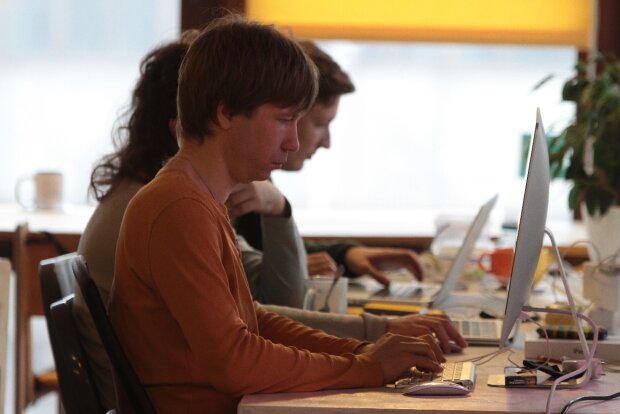The reform establishes a clear distinction between academic lyceums and vocational colleges, enabling students to focus on preparing for their future careers or pursuing in-depth studies in specific subjects.
High school education will be divided into two main branches:
Academic Lyceums: Designed for students aiming to continue their education at universities, academic lyceums will offer specialized clusters such as:
STEM (Science, Technology, Engineering, and Mathematics).
Language and Literature.
Social Sciences and Humanities.
These institutions will concentrate on in-depth studies of subjects relevant to the chosen specialization.
For instance, students in the STEM cluster will delve deeply into mathematics, physics, or computer science, while students in the humanities cluster may focus on history or languages.
Vocational Colleges: Specifically created for students seeking practical training for professional careers, these colleges will combine general education with vocational skills. Students will gain hands-on experience and acquire a profession during their studies, allowing them to enter the workforce more quickly.
Both academic lyceums and vocational colleges will maintain a balance between core and specialized subjects.

Mandatory courses, including Ukrainian language, mathematics, English language, and history, will remain part of the curriculum, but students will also have more opportunities to select elective subjects that align with their interests and career goals.
With each passing year, the number of elective hours will increase, enabling students to create personalized educational plans.
Students will also be able to flexibly adjust their study profiles if their initial choices do not meet their expectations.
To ensure equal access to high-quality specialized education in both urban and rural areas, the reform includes significant investments in infrastructure and resources.
These measures include:
Training teachers and developing modern educational materials.
Equipping schools with advanced laboratories and modern equipment.
Modernizing facilities in vocational colleges to better support vocational training.
The goal of the education reform is to better prepare students for real-world challenges, allowing them to focus on disciplines that correspond to their chosen professions or academic interests.